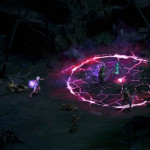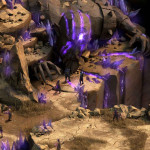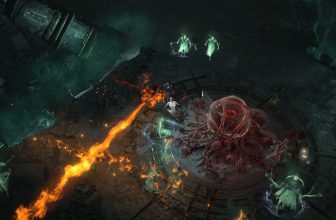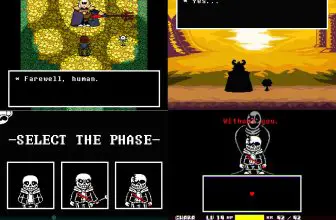A 2016 downloadable role-playing game from the devs behind Fallout: New Vegas, Tyranny from Paradox Interactive builds on the team’s previous work in Pillars of Eternity with a gameplay system that is similar and a narrative that draws upon similar themes though is not, itself, a sequel to Pillars of Eternity’s storyline.
How to Download Tyranny
To proceed to the Tyranny download hit the button at the end of this review. The game is available for download from both GOG.com and Steam. You can get the fame in two editions:
- Commander Edition – the game and ringtones,
- Overlord Edition – additional content, a map, wallpapers, short stories, the soundtrack, the guide, and an artbook.
The official soundtrack can be purchased also separately.
There is also additional downloadable content with new adventures:
- Bastard’s Wound,
- Tales from the Tiers.
The RPG Review
A thoroughly single-player experience from the beginning until the end, one thing that distinguishes Tyranny from Pillars of Eternity is the game’s increased emphasis on narrative choice throughout the course of the game. Employing a morality gradient, the player’s in-game choices impact the world around him and have a consequence for the direction of the story, the relationships the player has with non-player characters, and the options open to the player in the course of the game.
Narratively, the game is epic, high-fantasy fare with a bend towards Greco-Roman mythology as opposed to the more Norse-influenced stuff of Tolkien-esque works. As a mortal pitted against a god, the world is filled with people who are allied with the god establishing his dominion over the world as well as those who are fighting against his planned takeover.
The story comprises a lot of Tyranny’s appeal and it never shies away from moments of consequence that add replayability as well as customization. Typical role-playing game activities such as combat and exploration are emphasized, but the game also provides ample opportunity to immerse yourself in the fabulously detailed world on offer.
The graphics are displayed from an isometric perspective like that found in the Diablo series from Blizzard and Tyranny’s sister series, Pillars of Eternity.
Narrative choices of substance begin at the very beginning with the character creation process. How you choose to fashion your Fatebinder will impact your in-game options and the choices available in dialogue. From closing options off entirely to opening different avenues of combat specialization, character creation is rarely so weight but, thankfully, it is nearly impossible to screw up – unlike the PC role-playing games of the past.
As a Fatebinder, the player has an active role in how the god subjugates or spares the remaining free region of the world. The Fatebinder’s decisions with regard to how certain regions are handled will impact relationships with factions and NPCs, making some more willing to work with you and other more prone to oppose you. This not only impacts the narrative but also the combat options that will be available to the Fatebinder.
Certain NPCs have certain talents and impact certain abilities and making them your enemies will cut you off from access to this. Similarly, those factions with which the Fatebinder is allied can impact new skills and combat tactics in the process.
Graphically, Tyranny presents rich, detailed worlds like those found in Pillars of Eternity. It employs a classic style similar to the late 1990s titles Baldur’s Gate and the like, making Tyranny’s presentation simultaneously classic and modern. In terms of music and sound, everything that you would expect from a triple-A title is present and accounted for, though the music is forgettable at times.














